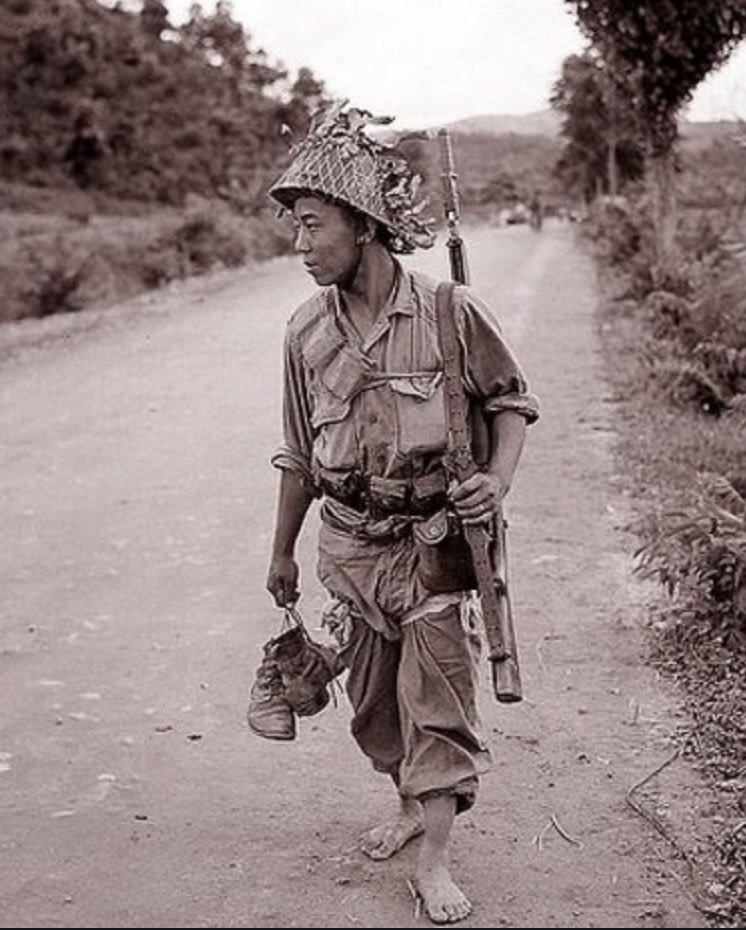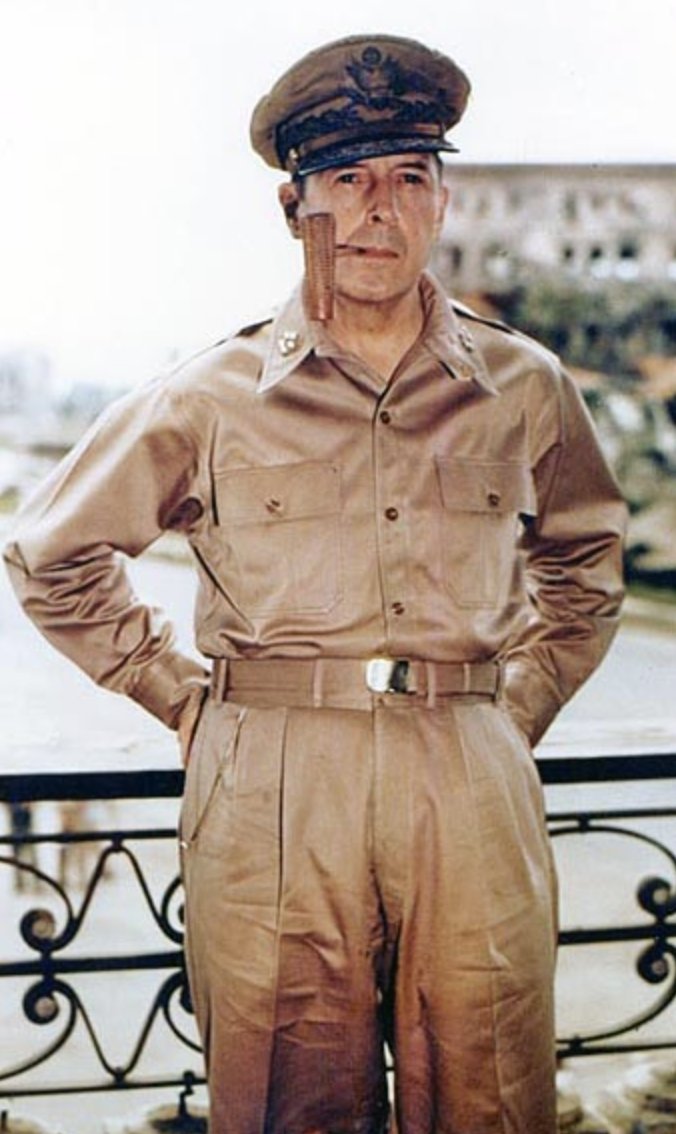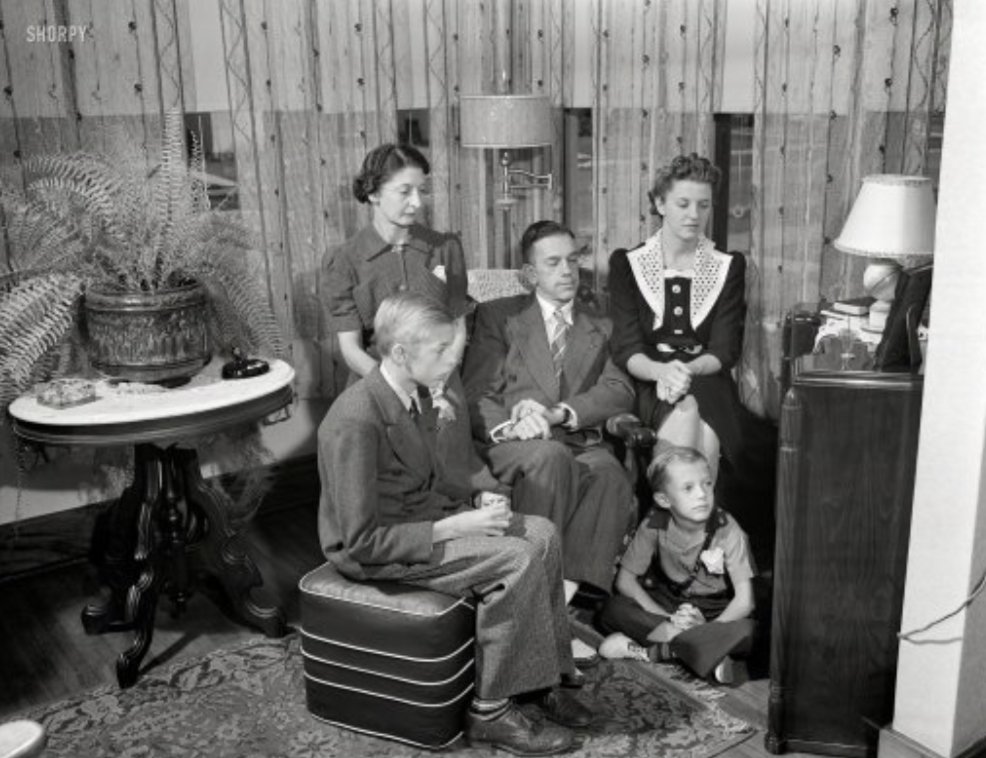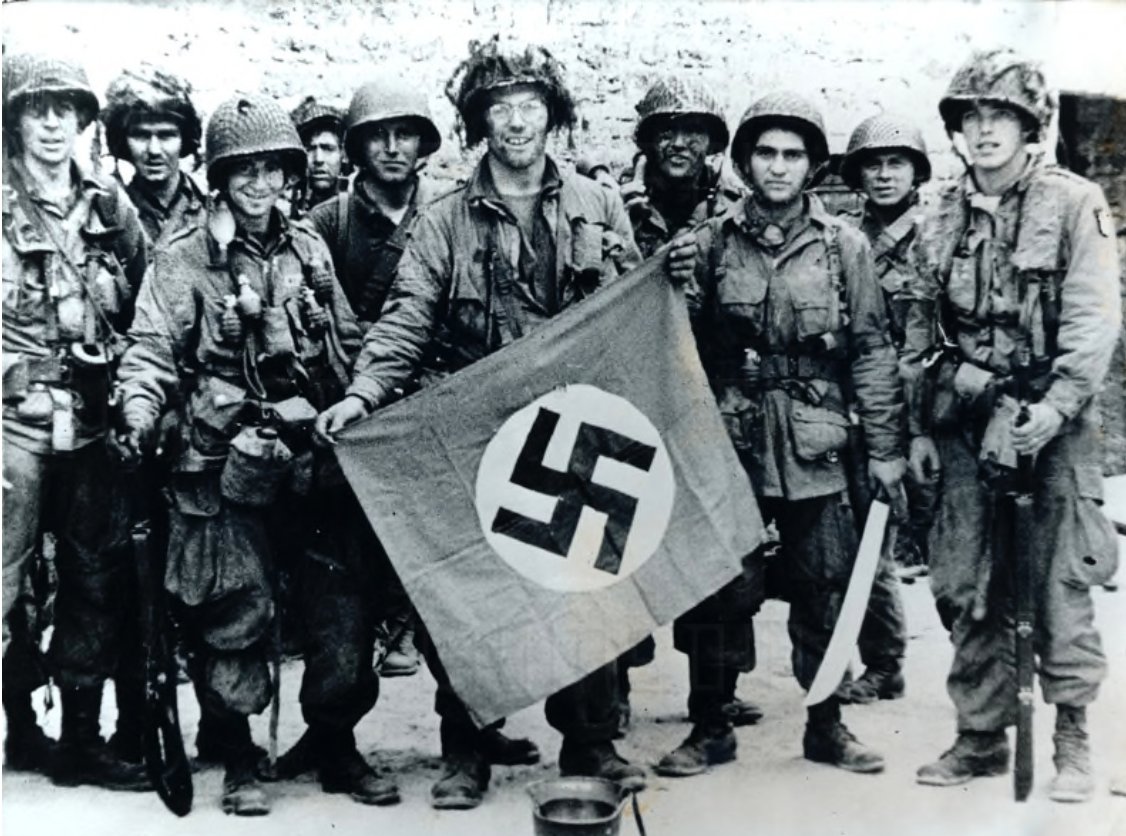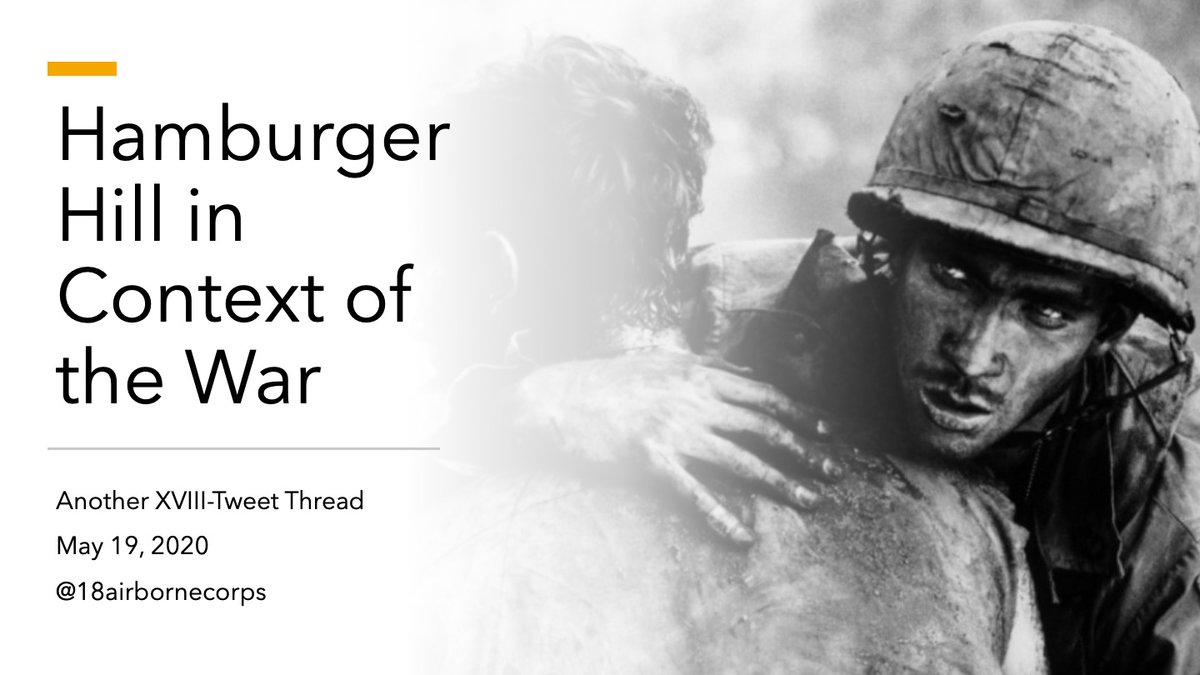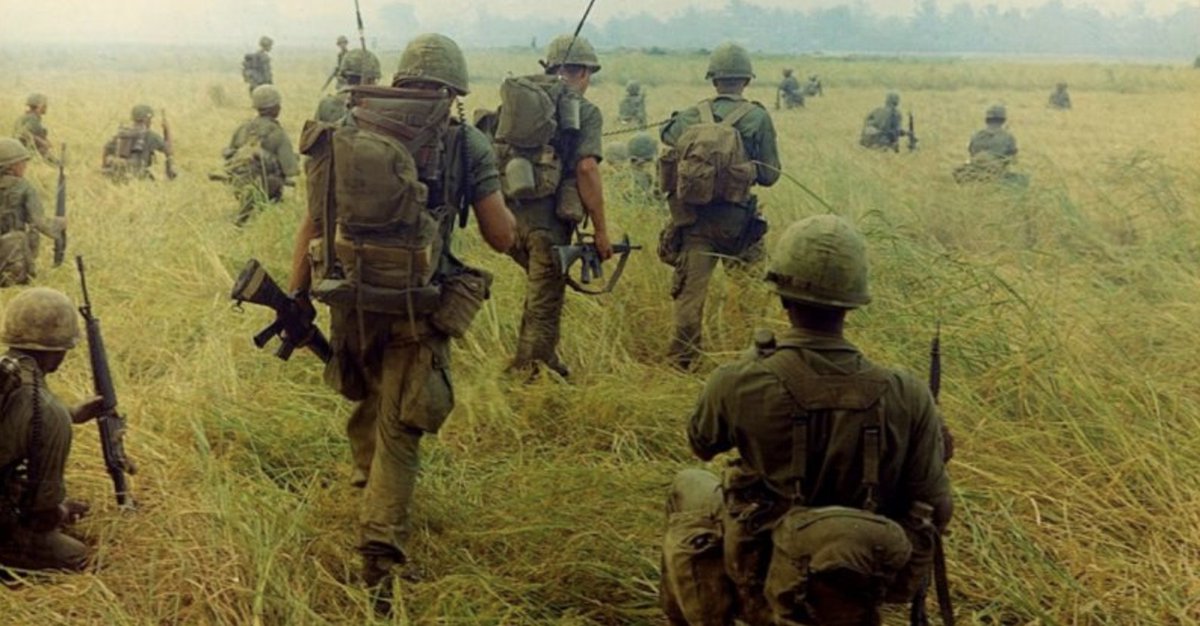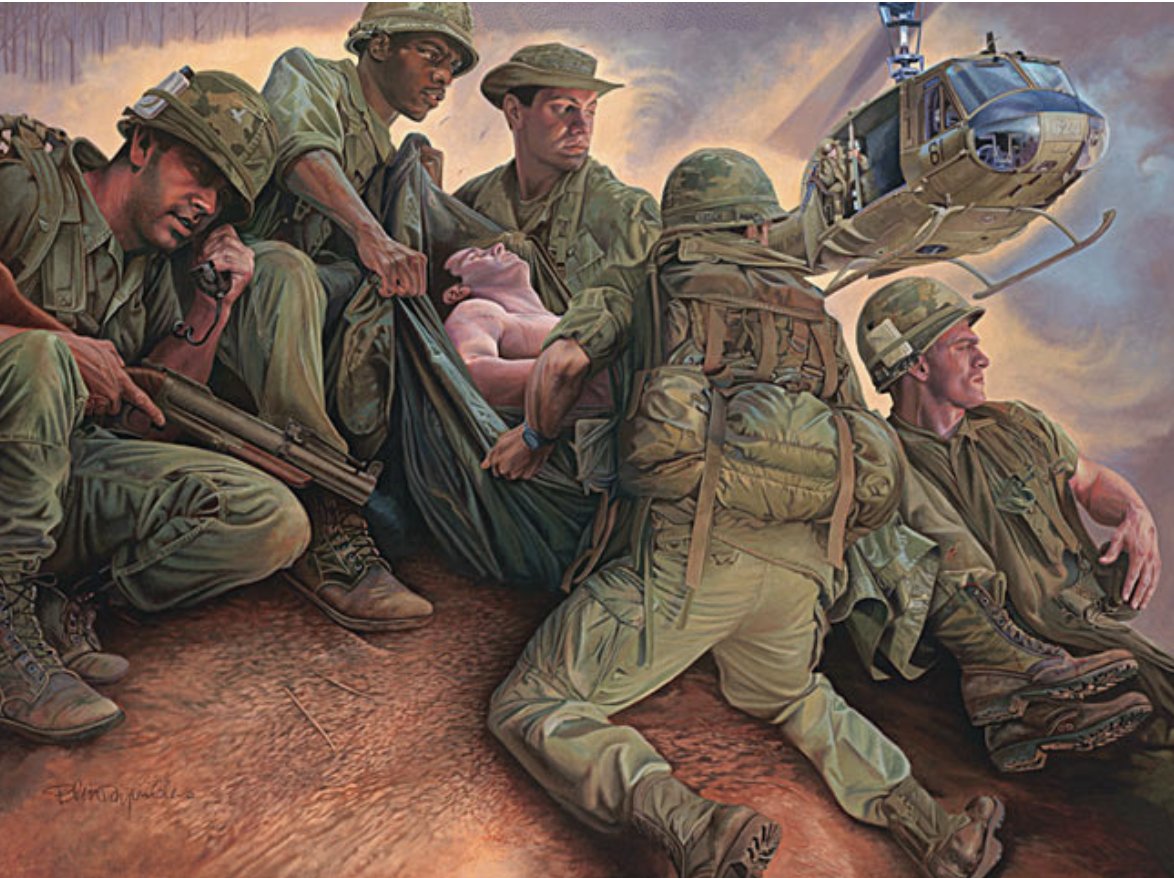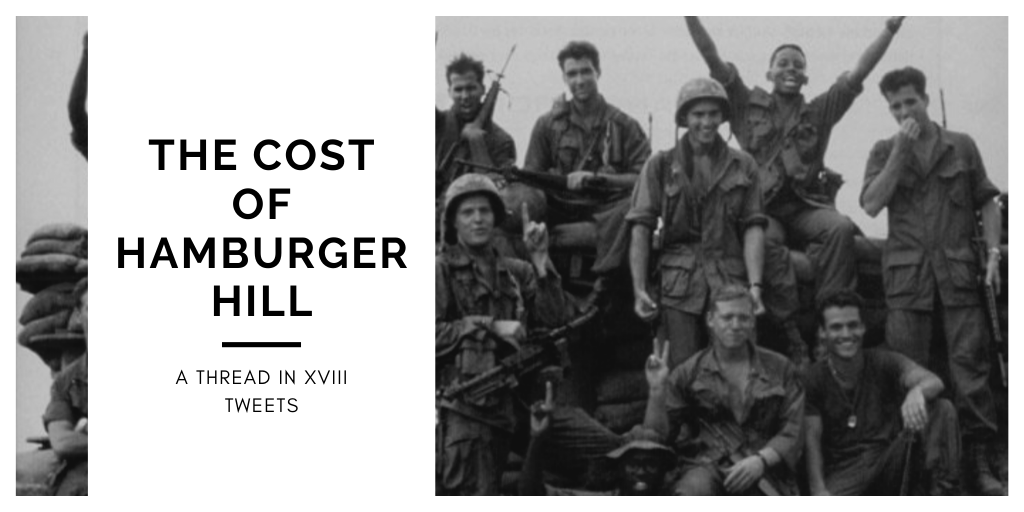But what's the real story? Why was such a small force committed to such a large North Korean force? Why was FECOM (Far East Command) caught so off guard? We’re so glad you asked.
Clearly, we had to downsize the Army’s presence in the Pacific. Clearly, we had to prioritize military resources in Europe, where the Soviet Union sought to expand its influence.
Forget on-time services and motor pool stabilization: There was not enough equipment to fight and there were not enough people to keep that equipment serviceable. Many units just gave up trying.
The ROK Army fought with the equipment they had, but the @USArmy and the @DeptofDefense were unprepared.
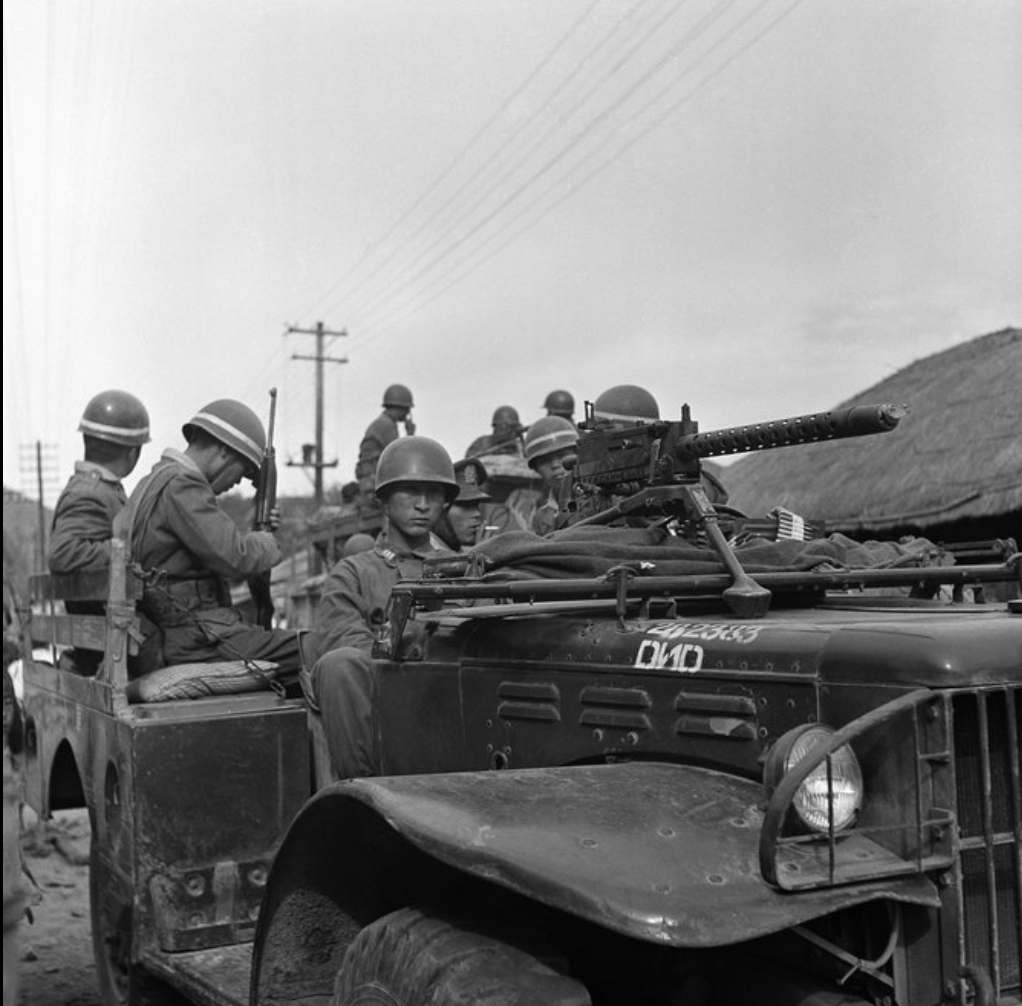
The best MacArthur and @EighthArmyKorea’s General Walton Walker could come up with was a delaying force to contact the enemy until the 24th Inf Div could come in from Japan by sea via the port of Pusan.
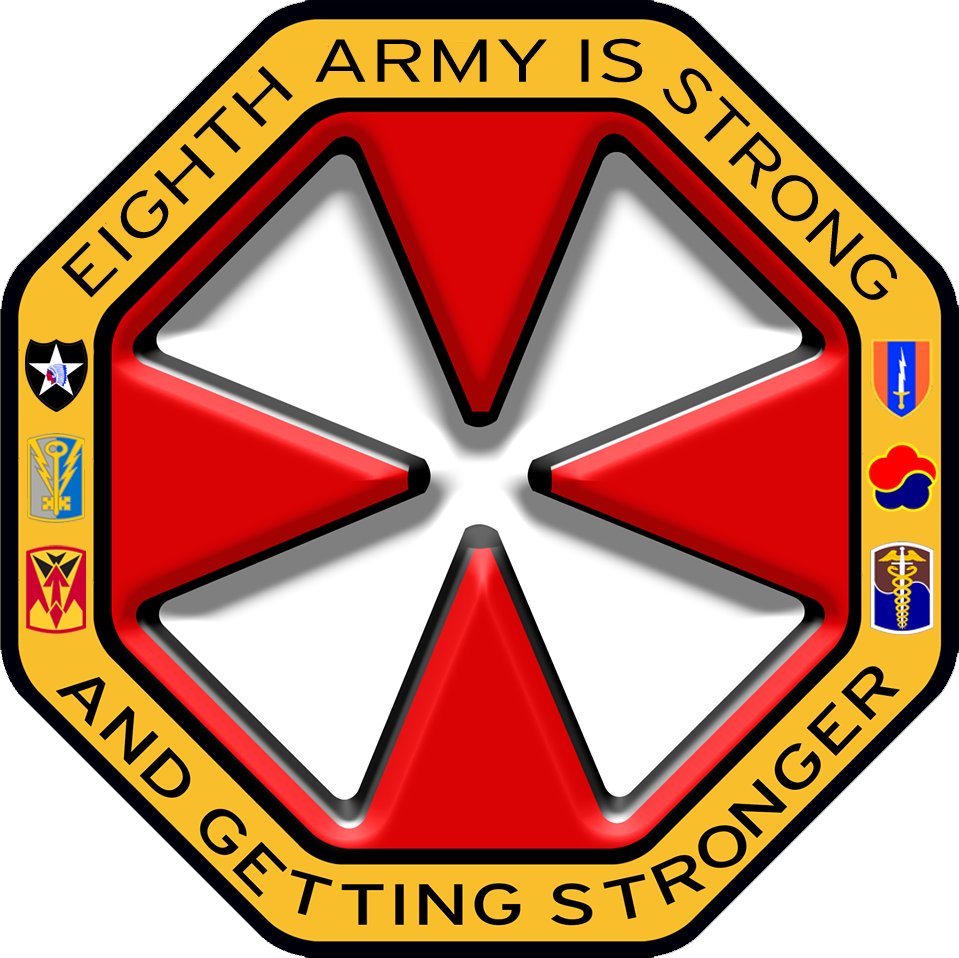
Much of TF Smith’s equipment didn’t work; in Japan they were never able to maintain most of the trucks because they didn’t have enough mechanics or enough $$$ for parts.
The @USArmy had no anti-tank mines in Korea, & in the rush to get to the fight, TF Smith brought none with them from Japan.
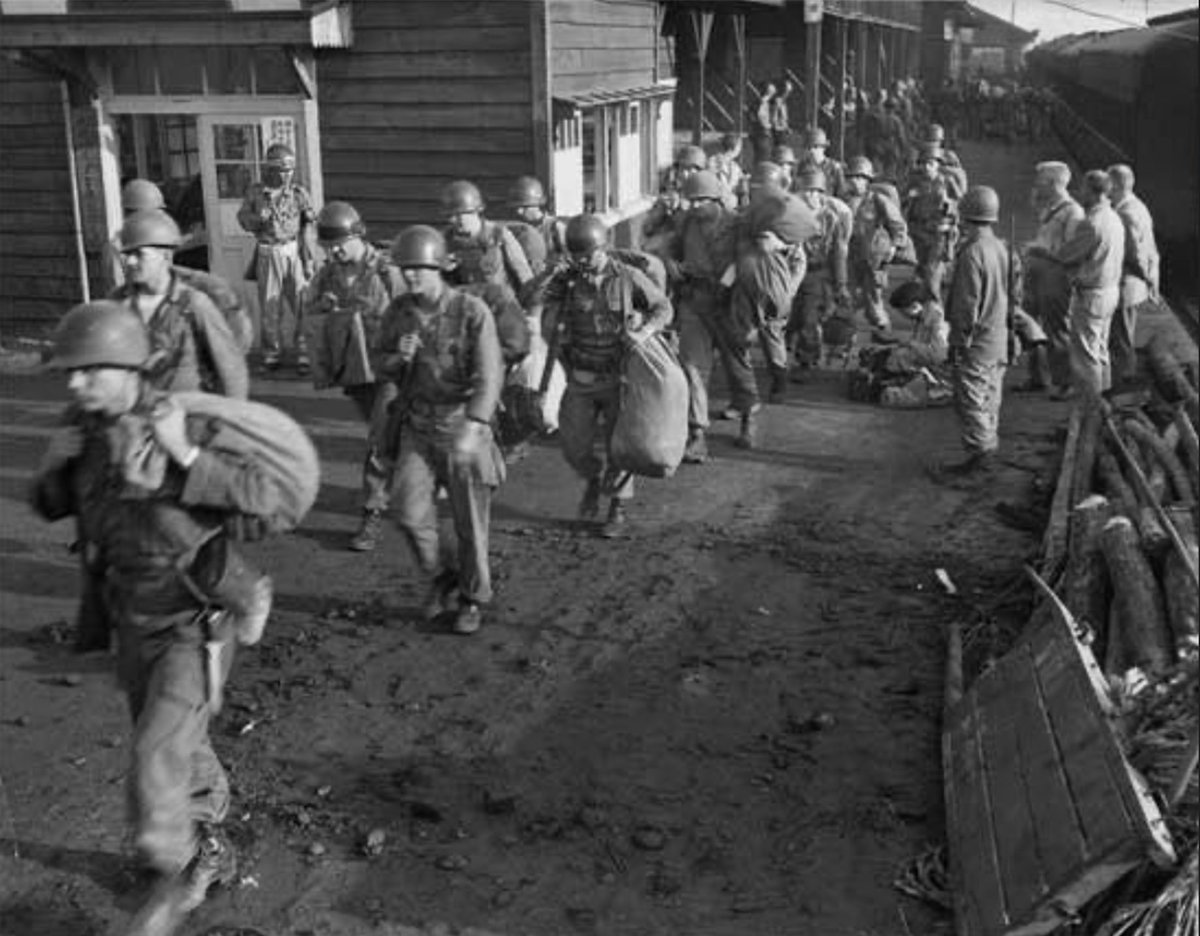
Pouring rain prevented friendly air from arriving at the scene.
Most equipment was left in place by retreating American Soldiers, to be captured by North Koreans.
It was the first American battle of the Korean War and it was a humiliating defeat.
So, what does it all mean? What is the real moral of Task Force Smith?
However, the most important lesson is the most complicated: Army leaders must scan the global environment for gaps and opportunities for our enemies. The truth is, we should have known North Korean was going to attack.
The South Korean defenses were practically BEGGING to be attacked.
Army analysts were wrong because they were not paying attention to global trends. The cost of erroneous environmental scanning and prognosticating is potentially catastrophic.
Also, sometimes when the history of TF Smith is recounted, the wrong story is told.
Some books on this subject focus on a gutsy, under-equipped, undermanned force that valiantly held off a larger North Korean force. That is true but can paper over the more important conclusion.
Leaders failed the men of Task Force Smith.
And while MacArthur and the Army adjusted over the course of the next 4 months and eventually fought to a draw, today's technological advancements (AI, cyber, missiles) may no longer allow such adjustments.

















